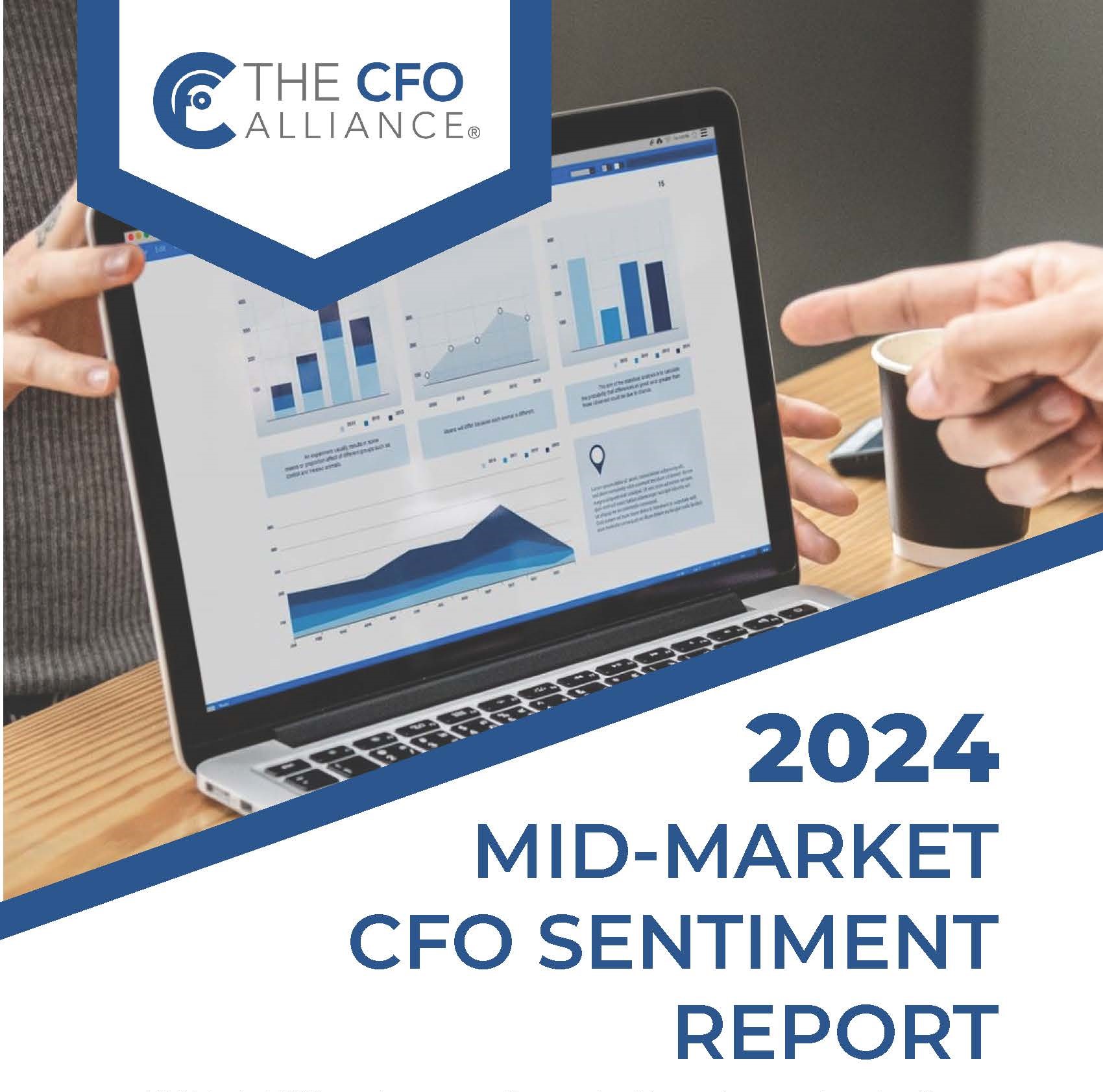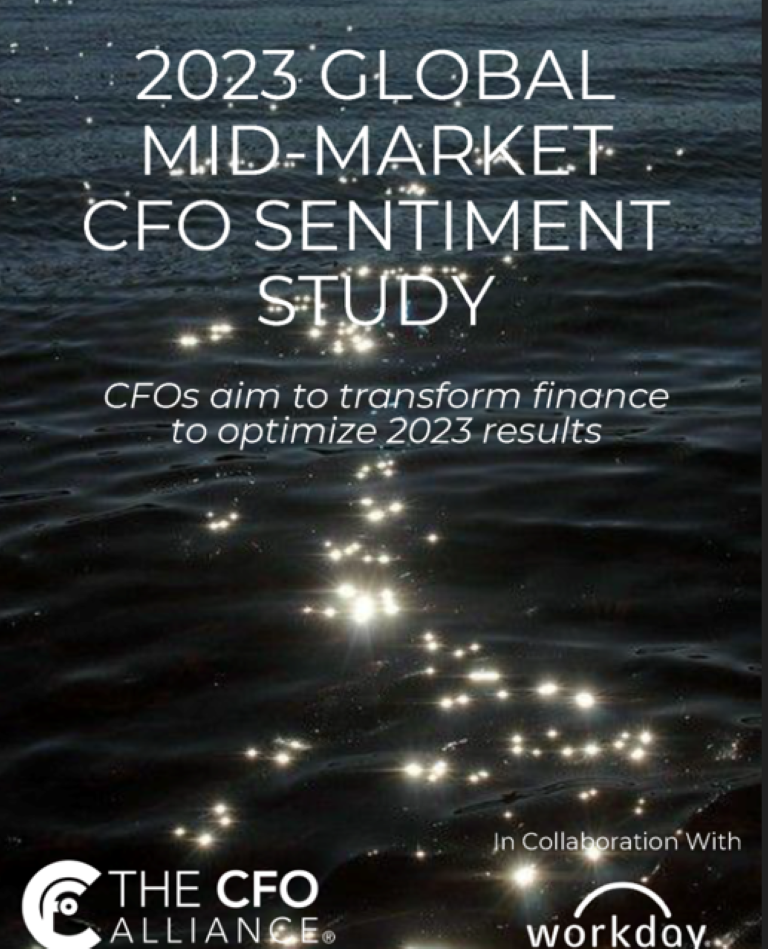The CFO’s “True North” Destination: Strategy
No other C-Suite role has undergone more change than that of the CFO. Volatile economic conditions, rapid technological innovation, and shifting buyer behaviors have added pronounced complexity and more responsibilities to the growth management process. And these market forces overlay heavily on the “Job 1” aspects of the CFO’s role – that of transforming the finance function into a well-equipped and high-performing engine of business stewardship backed by accurate, forward-thinking planning, forecasting, and reporting.
Enabling “Job 1” has not been easy either. CFOs face persistent barriers like data access, talent gaps in strategic areas, most especially in FP&A and Corporate Finance, and undercapitalization overall. But there’s progress being made to be sure. The left-brained nature of finance executives is demanding facts, looking for evidence, understanding root causes, and driving for repeatable processes in the effort to “get the finance function right”. But they also know that when the lens is laser-focused on enabling market success the over-arching thing to get right first is strategy.
CFOs get strategy. And yet it’s one of the most mis-understood and loosely defined terms across the rest of the enterprise. In polling for a definition of strategy, many will confuse it with goals, objectives, priorities, or even a list of tactics. Strategy includes these things, but many strategies read more like “a plan for a plan” with content pitched too far up the abstraction ladder to be precisely directive and executable across the value chain. Basing a forecast on them is rife with risk, so they are often de-risked to the point of being almost pointless.
A good strategy will answer tough questions that look easy on the surface. Among some key ones are:
- Where will we win, exactly?
- What is the customer condition that receives higher than average value from our advantages?
- What do we verifiably know about the needs, personas, and aspirations of our buyers, and how are we addressing them so they will choose us over alternatives, logically and emotionally?
- What are our unique points of difference; what do we do better and what is better is worth to customers?
- What is the cost of “non-conformance” (i.e., the cost or risk of not choosing us)?
- Are we universally present where buyers want to buy and how will we ensure a seamless and remarkable buying experience?
- How will we consistently operationalize our value proposition across all market touch points?
- How will we win, exactly?
- Why have the tactics defined in the executional plan been selected over alternatives?
- What tactics will be deployed to increase awareness, consideration, and choice?
- How will the manner of executing the tactics break through the clutter to increase attraction and transfer confidence to the market more quickly?
- What sources of information and media do our buyers trust and consume, and what does it cost us to engage with sufficient weight to produce the desired outcomes?
- How will we know why we are winning and why we are losing?
- What “early warning system” will we implement to track progress against key performance metrics?
- What is the value of winning; what does success look like?
- Does our market intelligence, strategy, and executional plan provide a predictable growth trajectory for the next 3 years?
- What are the barriers and risk that the strategy overcomes?
- What is our end-point vision; for as far forward as we can realistically see, what will be the scope of the business?
- If we are a push-centric transactional business today, can we become a brand capable of generating market pull and earn permission to set a market agenda? And, if so, how?
This growth side of the success formula is where CFOs want to focus more of their attention – raising and answering questions intrinsic to their instincts like these and backing all answers and claims comprehensively with rationale, factual evidence, and with an 85-90% confidence for a strategy and forecast that is more bankable.
The results of 2023 Global Mid-Market CFO Sentiment Study conducted by The CFO Alliance support the desire to focus more on more strategic contributions like growth. Among the study’s findings:
“More than half of today’s finance leaders are taking necessary steps to rebalance their priorities, move away from the tactical, and press for investments in necessary technology and talent capabilities so that they can remove themselves and their teams from non-strategic work.”
and
“More CFOs from emerging and mid-market enterprises are increasing capital spending to drive organic growth, with 75% of the participants making double digit increases in investments in Sales and Marketing, Technology, Talent and Capital Expenditures topping the list.”
These statements point to CFOs’ positive outlook on “getting the finance function right”, identify gaps in business model health that can benefit from applying their natural abilities, and express the intention to invest in driving growth. Here is where they create special value.
When it comes to defining strategy and the go-to-market plan needed to deliver on it, CFOs know that assumptions can kill you. They bring the ability to pressure-test assumptions and replace fuzzy logic with precise analysis. They replace “gut feel” with predictive modeling. They constructively challenge marketing mystique and orthodoxy by asking why? and over and over again. They are more geared to the what if? creative world than many typically imagine, and they back the creative process with good planning rigor. With the strategy-first bias that they bring to the table they differentiate between strategy and tactics. Their view of what true strategy is proves very beneficial in a tactics-happy, hyper-push go-to-market world brought on by digitization. It's as if they wrote these famous words in The Art of War instead of Sun Tzu:
“Tactics before strategy is the noise heard before defeat.”
So, while numbers rule, to label CFOs as only numbers-focused is to undermine the power and value of their thinking and abilities. In fact, that so-called left-brain is really an often-underutilized balanced brain, an attribute of role model leaders, signaling that CFOs play in both the numbers and creative sandboxes. Because the anatomies of many business failures frequently point to bad or weak strategy as a root cause, the CFO can be a force multiplier in leading strategy that prevents failing forward. It is a “True North” destination for the CFO role.
Access the 2023 Global Mid-Market CFO Sentiment Study here to find out more about what CFOs are thinking and doing.
Now in our 12th year with over 9,000 Members collaborating in advancing business success and personal development, The CFO Alliance has been championing the development of CFOs as leaders of change and growth. Find out more about this dynamic learning and information sharing environment. Become a Member or upgrade your membership here.




